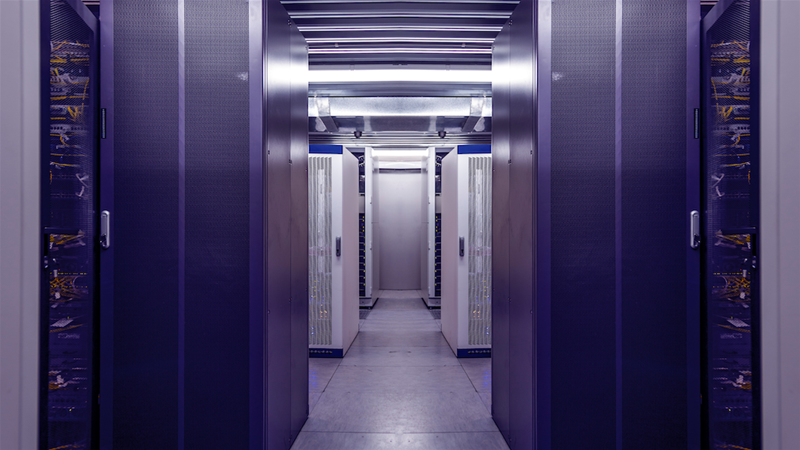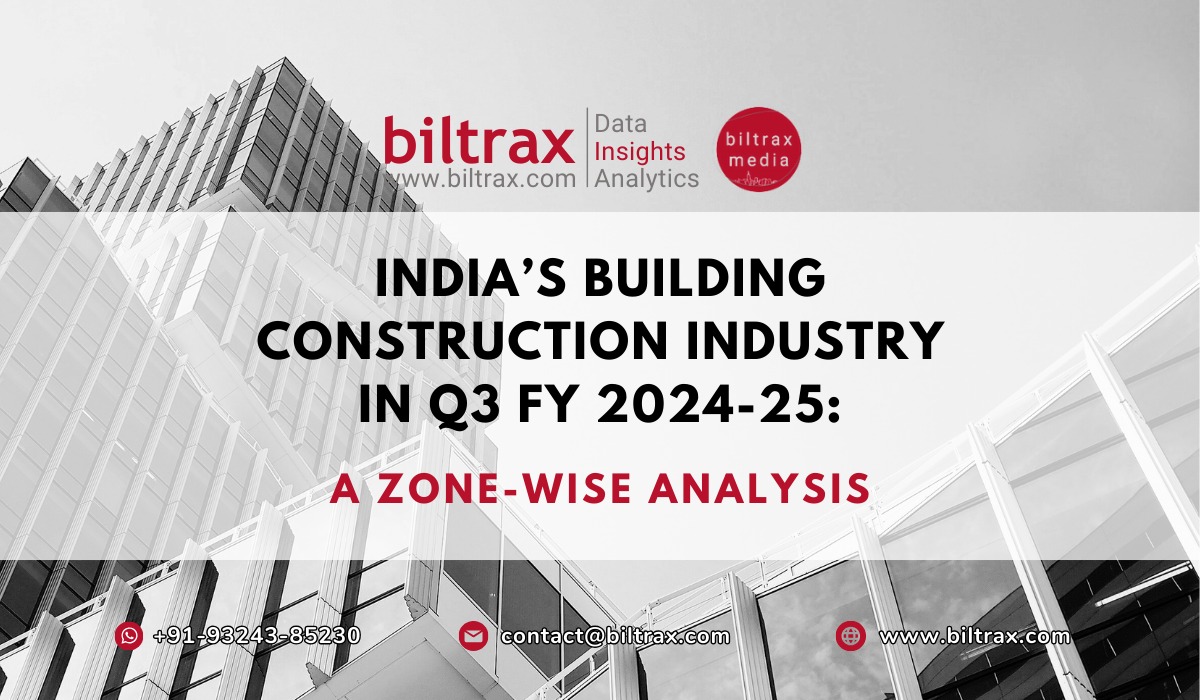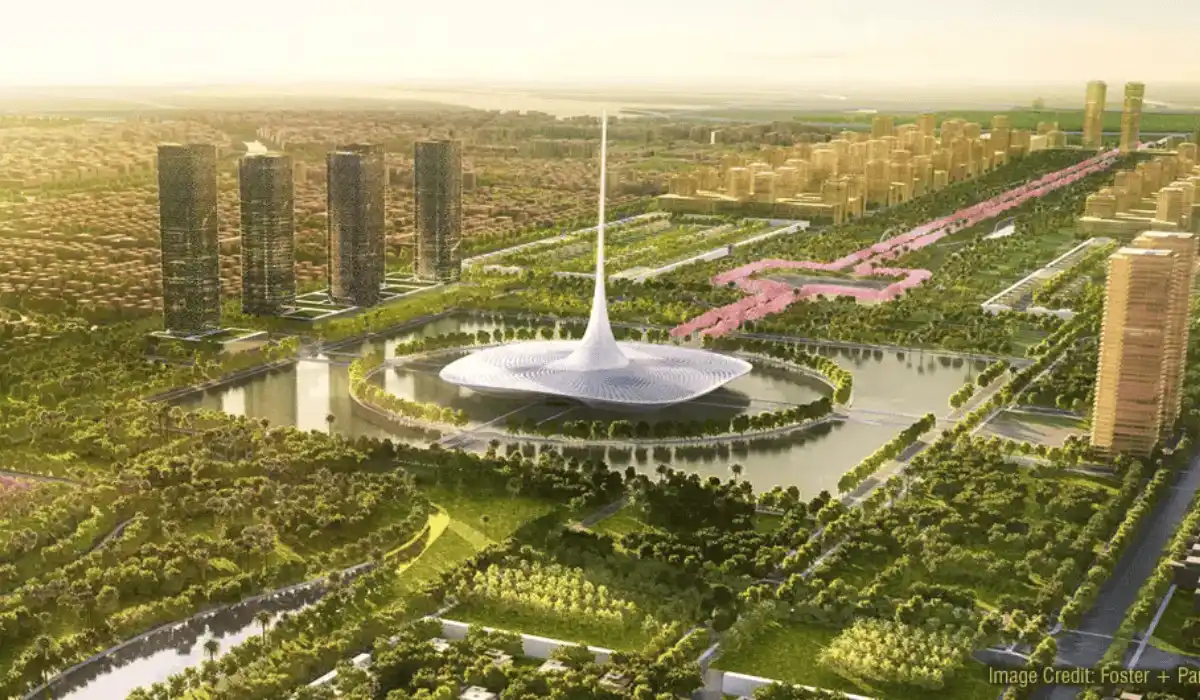When the British mathematician Clive Humbly said, “Data is the new oil”, he affirmed data as the fuel of the future and seeing how data is driving the world today, there can be no second opinion to this. The advancements in computation have brought about a global lifestyle shift. The ease of communication, sharing and monitoring of data have assisted the process of rapid infrastructure development. More so, the world has gone digital with the advent of smart devices and appliances. Research conducted by Statista indicates that 83.72% of the global population owns a smartphone. This suggests that a majority of the world population has access to the data available on the internet.
How COVID-19 Became a Catalyst
The onset of the COVID-19 pandemic has further increased the demand and consumption of data. Since the first wave of the pandemic in 2020, the global work culture has witnessed a radical shift as many countries are swept into complete lockdown. Most information technology companies adopted the work from home module in response to the social distancing protocol imposed by the COVID-19 pandemic.
While most sectors of the economy came crashing down because of the sudden halt, the IT sector continued to thrive with the remote working policy while supporting a healthy work environment. For efficient functioning especially in COVID-19 times, cloud storage and data centres have been the most dependable resources for the corporate world.
Governments around the world also leveraged digitisation by virtually making provisions for help desks, hospital bed searches, remote meetings, and booking for vaccination slots. The “stay at home” protocol helped in saving time, thereby making a window for virtual entertainment. Hence, the COVID-19 pandemic aided the growth in viewership of OTT platforms such as Netflix, Disney + Hotstar, and Amazon Prime.
Such increasing dependability on the digital world led to an upsurge of 30%-35% in the global data centre capacity usage. Even though it appears that the world is resorting to its pre-COVID-19 functional module, the opportunities with technology seem to have opened a gold mine for economic growth. A report by Businesswire has predicted that the data centre market will have a Compound Annual Growth Rate (CAGR) of 13.4% from 2020 to 2027. To cater to the needs of a changing work infrastructure, the construction of new data centres has been proposed.

What is a Data Centre?
A data centre is a built space dedicated to housing computer systems and their associated components. Some of these key components include firewalls, routers, switches, servers, storage systems, and application delivery controllers. The design of a data centre is based on a network of computing and storage resources. The scale and size of a data centre building are based on the digital dependency and data requirements of the user.
Design of a Data Centre
The site for constructing a data centre must be judiciously selected based on the development of the site surroundings. The price of real estate, public infrastructure, availability of internet, and cost of power around the proposed site must be considered.
Unlike most buildings, a data centre is majorly occupied by computer machines, not people. Hence, data centres have to be designed differently than any other building by creating an environment that is conducive to machines. As the economy is becoming more data-driven, the demand for data is rapidly shooting up. Hence, security has become a major concern for data centres. To avoid any breach of data, architects must plan for limited access and efficient security systems in data centre buildings. Features such as gated access points, surveillance systems, and fenced enclosures can be incorporated to achieve resilience in design.

Since data centres provide the necessary infrastructure support for multiple devices, they consume an immense amount of energy. A report by Forbes puts forth that data centres consume about 3% of the world’s total electricity. Also, data centres require a strategic cooling system to avoid heating computers that pose a damaging risk to the machines. This makes it crucial for architects to plan a data centre for energy efficiency using passive design strategies to promote sustainable development. For effective functioning, the data centre managers have to closely monitor energy and resource consumption to ensure effective space usage.
The Growth of Data Centres in India
In 2021, the size of India’s data centre market was valued at Rs. 330 billion and is expected to reach Rs. 830 billion by the end of 2027. Such immense scope for growth in the data centre market provides the opportunity to promote the country as a global data centre hub. The Government of India has identified this opportunity and devised the National Data Centre Policy to arm India with a trusted data centre infrastructure. The Ministry of Electronics and Information Technology (MeitY) has proposed a draft for discussion outlining the objective of ease of doing business.
The recognition of data centres has also been reflected in the 2022 Union Budget, whereby data centres have been granted an “Institution Status” by the government. The announcement will give the much-needed push to the creation of a stronger digital ecosystem for India. The promising efforts of the Indian government have tangibly gained international attention through foreign investments. In 2021 alone, about 16 noteworthy data centre projects and expansions have been initiated in the country including CtrlS, Bharti Airtel, AWS, and Colt Data Centre Services among others.

The data centre project by Adani Group in collaboration with EdgeConneX under the label of AdaniConneX is a pivotal project for the upcoming data-driven economy in India. As a part of the partnership project, data centres with a combined capacity of 1GW will be developed in the country over the next 10 years.
With such scalability, data centres are emerging as the tech-oriented buildings of the future. Setting up of data centre economic zones will establish favourable conditions for the development of a holistic economy. An active involvement of policymakers, infrastructure developers, and architects will help in promoting indigenous technology development, research, and capacity building.
Sources:
- Data Centre Policy 2020
- Data centre firms ramp up capacity in India
- India’s data centre market to be worth $10.09 Billion by 2027.
- DATA CENTERS: THE NEW PILLAR OF INFRASTRUCTURE
- Budget 2022 : Data Centers being granted Infrastructure Status in Budget 2022
- Covid-19 Impact: Demand for data centers surge as remote working catches up
- How is data centre construction different from other projects?
Disclaimer: The information contained herein have been compiled or arrived at, based upon information obtained in good faith from sources believed to be reliable. The opinions expressed within the content are solely the author’s and can be subject to change. The image featured in this article is only for illustration purposes. If you wish the article to be removed or edited, please send an email to editor@biltrax.com
Discover more from Biltrax Media, A Biltrax Group venture
Subscribe to get the latest posts sent to your email.




















